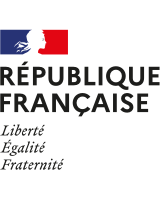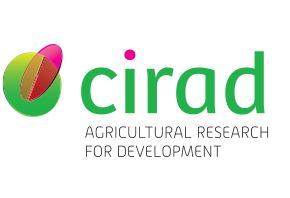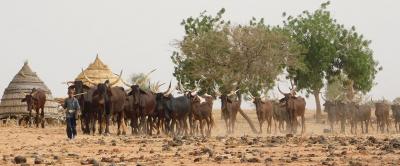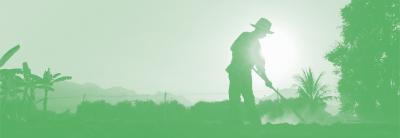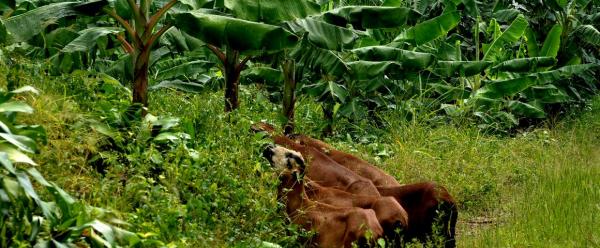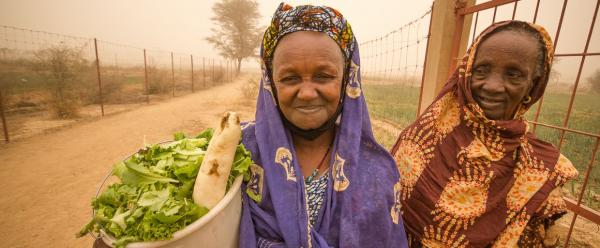Science at work 6 November 2025
- Home
- CIRAD news
- News
- XPRIZE Rainforest
XPRIZE Rainforest: Brazilian Team among the winners
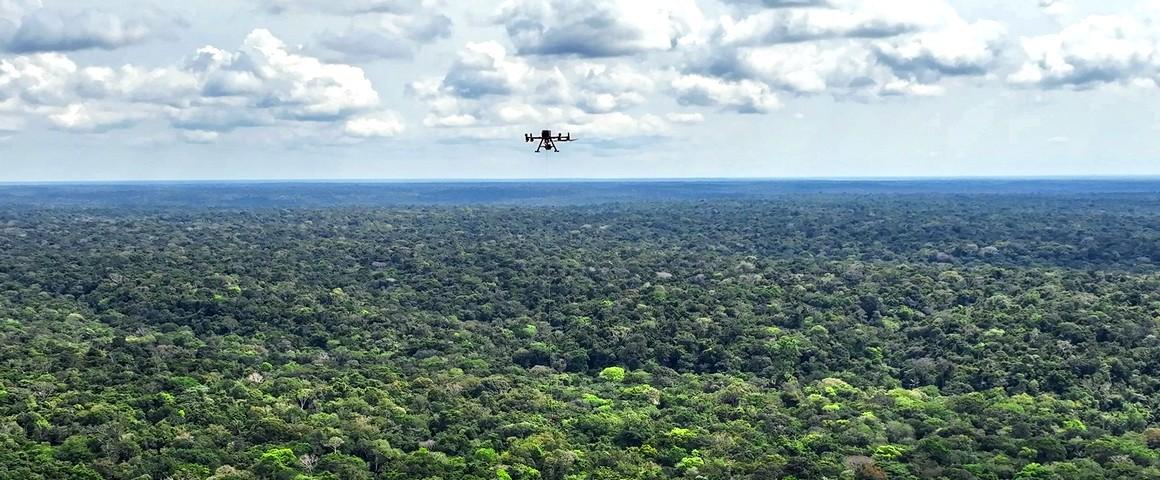
© Brazilian Team
• A Franco-Brazilian team came third in the prestigious XPRIZE Rainforest competition
• The Pl@ntNet team was involved, thanks to its image recognition expertise
• The scientists involved used a range of technologies to inventory the biodiversity of tropical forests
XPRIZE Rainforest was a five-year competition between scientific teams from all over the world, to map tropical forest biodiversity. More than 300 teams from 70 countries took part. In the end, the first two prizes went to American teams, with third place going to the Brazilian Team, led by the University of São Paul, which included French research teams from CIRAD, INRIA, CNRS, the University of Grenoble Alpes and the Argaly firm, along with other experts from Colombia, Germany, Spain, Portugal, the UK and the US.
"The Brazilian Team took us on board for our plant visual analysis expertise", says Pierre Bonnet, member of the competition team and co-coordinator of Pl@ntNet. "Other teams also contacted us, but we chose to work with partners from the academic world, like ourselves."
Inventorying the biodiversity of a forest without setting foot in it
The final was held in July in the heart of the Amazon, in the community of Tumbira, in the Rio Negro Sustainable Development Reserve. The finalists were required to inventory the biodiversity in a plot of 100 hectares of forest, without any humans entering the study zone. Each team had 24 hours to gather data and samples from the plot, and a further 48 hours to interpret those data and produce information on the flora and fauna of their zone.
The Brazilian Team developed equipment and technologies involving drones, sensor networks, ground robots, and plant branch, water, leaf litter and soil collectors. This allowed them to analyse the images, sounds and environmental DNA gathered to characterize the biodiversity of their plot.
Pl@ntNet's image analysis expertise
The Pl@ntNet team used the results of the EU GUARDEN and MAMBO research projects to analyse high-definition images of plant communities. It also made use of vast sets of visual data to improve our capacity to recognize the flora of the Amazon.
"Our team's work has allowed us to make progress in terms of the flora of the Amazon and to test new approaches that we will be able to use in future for other forest contexts, for instance as part of the One Forest Vision initiative", Pierre Bonnet stresses.
With its 500 000-dollar prize money, the Brazilian Team is planning to set up a research and training fund geared towards conserving and restoring the Amazon and Atlantic forests, the main two forest ecosystems in Brazil. This initiative will boost the XPRIZE competition's legacy of innovation and conservation.
